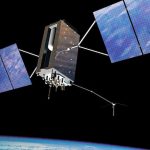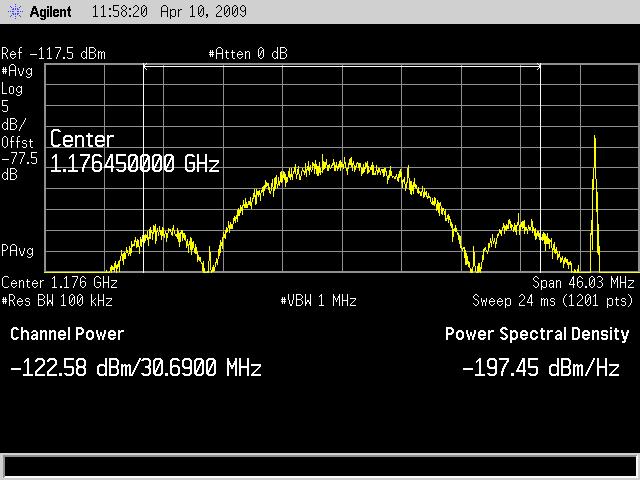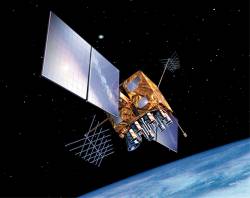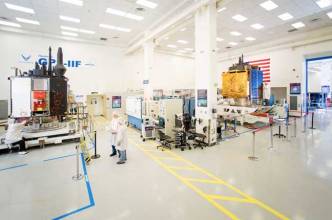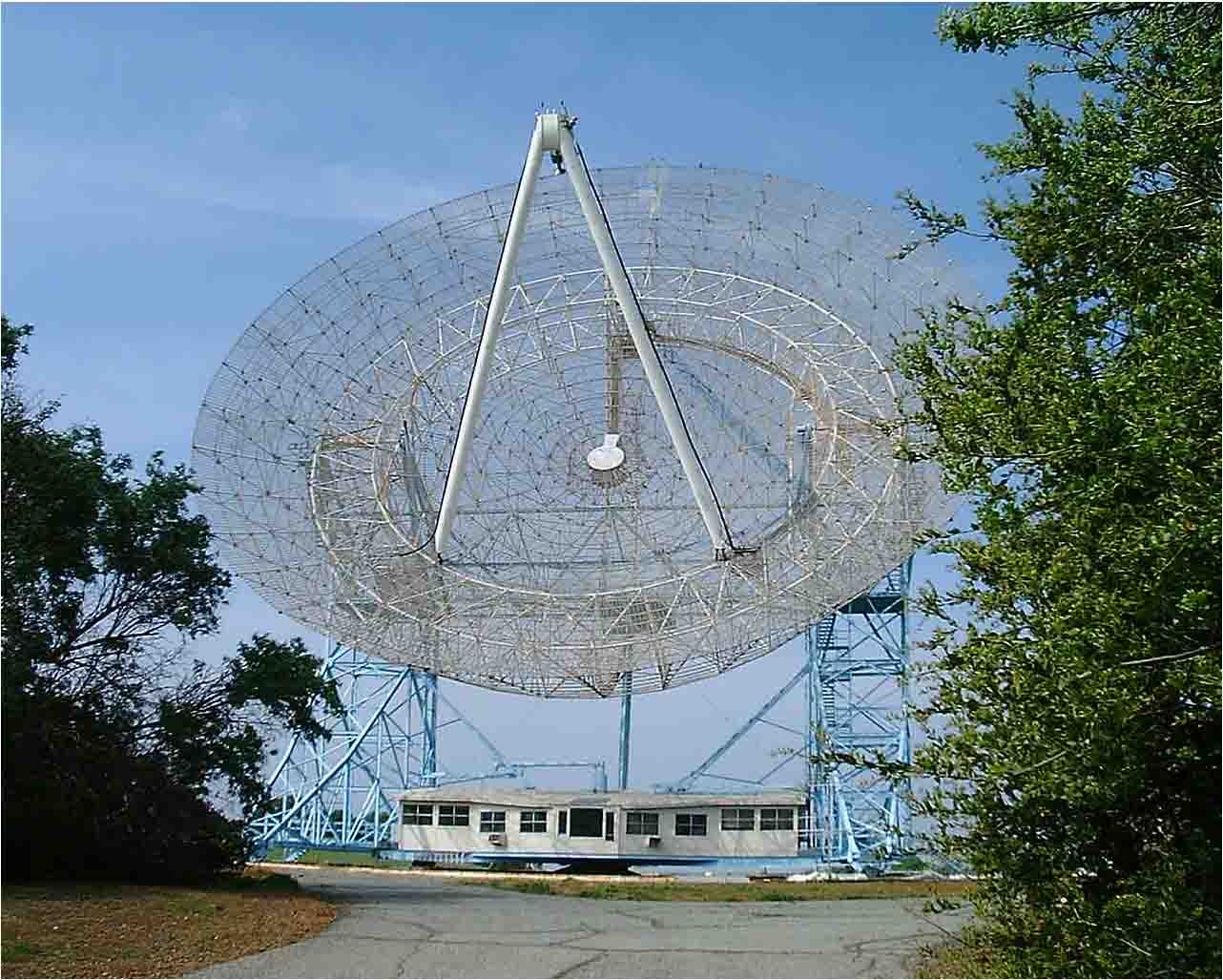 Stanford “Big Dish” Antenna
Stanford “Big Dish” AntennaU.S. Air Force officials are moving quickly to turn on the new civil GPS L5 signal after lengthy delays due to technical problems had brought the program close to an International Telecommunications Union (ITU) deadline for transmitting on the frequency.
The Air Force plans to begin transmitting the signal at 5 a.m. (PDT) on April 10 using the Block II R-20(M) satellite launched March 24. An L5 signal demonstration is planned the same day, organized by the GPS Wing and SRI International. The L5 spectrum will be received and plotted at the SRI’s 150-foot “big dish” antenna facility in the hills over looking Stanford University, California.
U.S. Air Force officials are moving quickly to turn on the new civil GPS L5 signal after lengthy delays due to technical problems had brought the program close to an International Telecommunications Union (ITU) deadline for transmitting on the frequency.
The Air Force plans to begin transmitting the signal at 5 a.m. (PDT) on April 10 using the Block II R-20(M) satellite launched March 24. An L5 signal demonstration is planned the same day, organized by the GPS Wing and SRI International. The L5 spectrum will be received and plotted at the SRI’s 150-foot “big dish” antenna facility in the hills over looking Stanford University, California.
Another group, including members of the Stanford University GPS Laboratory, will use the university’s two-meter dish to collect L5 transmission data using a variety of commercial GPS receivers while the signal is available until SVN49 “sets” at about 9 a.m. (PDT). Inside GNSS will publish articles by member of the GPS Lab on the L5 demonstration in the near future.
The IIR-20(M) — now known as Space Vehicle Number 49 (SVN49) — has been transmitting on the L1 frequency since earlier this month.
Intended for safety-of-life applications including civil aviation, the GPS L5 signal is located in an aeronautical radionavigation service (ARNS) band centered at 1176.45 MHz. Compared to legacy GPS signals, including the L1 C/A-code, L5 has an improved signal structure, higher transmitted power (about 3dB), wider bandwidth, and longer spreading codes.

